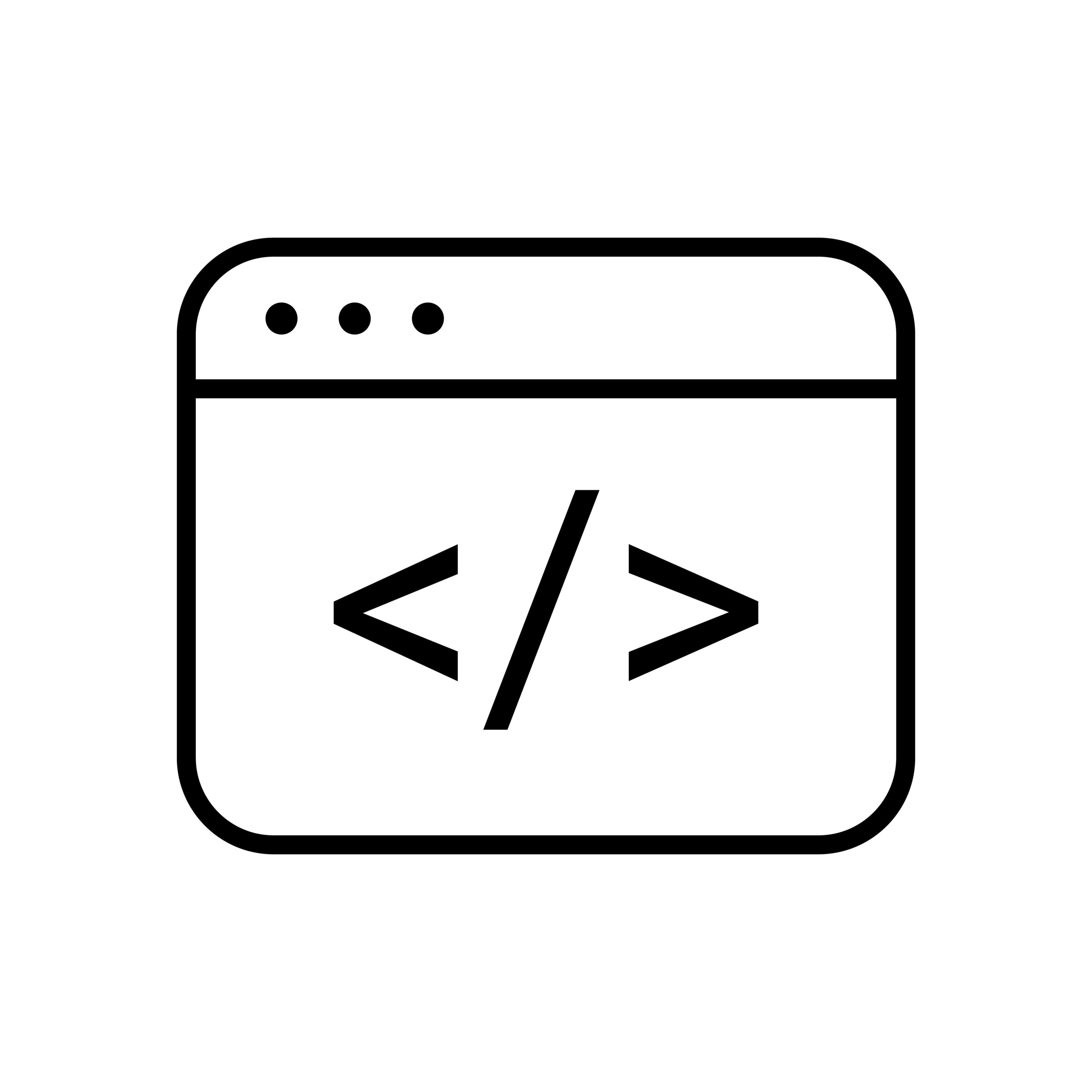Cloud Denialism Precedes Aereo Case
Todd Spangler’s piece in Variety yesterday argues that the Supreme Court’s upcoming Aereo case has nothing to do with the cloud. As Aereo’s day in court approaches, it is being preceded by a wave of “denialism” — grand assurances that a broad interpretation of the Copyright Act’s public performance right won’t affect the growing cloud computing industry.
The only unifying characteristic I’ve discerned among the deniers is that none of them are actually in the business of providing cloud services.
As my Aereo primer pointed out, the outcome of this case can have a grave impact on cloud computing. Spangler tells us this isn’t the case, however, and waves off “the idea that Aereo is akin to Dropbox.” As far as I can tell, however, no one except Spangler is saying Aereo is the same as Dropbox. The point is — as my primer post explains — that when the broadcasters describe why Aereo is infringing, the broadcasters could just as easily be describing what happens when you stream your own files from your cloud account. The broadcasters urge what is essentially a legal fiction: that multiple private transmissions of the same work over the same system, even at different times, should be aggregated into one single public performance. Unfortunately, and probably entirely by accident, this argument seems to apply to cloud music lockers as much as it describes Aereo. A service need not resemble Aereo (or Dropbox) to be endangered by a poorly-reasoned Aereo decision.
Notably, the “remote DVR” system in Cablevision, a 2008 case upon which much of the reasoning in Aereo has been based, and which provided legal certainty that ushered in a wave of extraordinary investment in cloud computing, didn’t look anything like Dropbox either. Even though Cablevision’s remote DVR didn’t look like a cloud storage service, however, investors quickly concluded that the decision’s reasoning had legitimized storing users’ files in the cloud, and streaming them back.
Spangler argues in part from a misstatement of the facts in the case: “whereas cloud storage services act as repositories for personal files, Aereo itself supplies the content to users.” He posits that “Aereo, not users, decides what content is available on the service.” He bases this on the fact that users cannot stream to themselves broadcasts from outside their local broadcast area. (Of course, Spangler would surely accuse Aereo of infringement if its technology didn’t do this, so it is odd to use that fact to make a case against it.) Yet according to the decision presently before the Supreme Court, Aereo doesn’t “supply” the content. As the lower court noted that Aereo doesn’t make copies until “the Aereo user selects what program he wishes a copy to be made of and then controls when and how that copy is played.” In this manner, the Second Circuit said Aereo was similar to the system in the Cablevision — which in turn was viewed as similar to a conventional VCR. The copy is made by the user. Aereo facilitates that copying, just as the Sony Betamax cassette recorder facilitated users’ home taping.
It’s obvious that Spangler thinks that Aereo talking about cloud computing is just self-serving hand-waving. But if this were merely self-serving, the Business Software Alliance — which represents numerous providers of cloud services — wouldn’t be submitting a brief in this case, arguing that
“adopting petitioners’ argument would impose substantial burdens on cloud computing… If transmissions of the same work could be aggregated to impose copyright liability, providers would have to hobble their systems in ways neither consumers nor businesses would expect, want, or understand — or risk copyright liability. Either would impose significant new costs that would constrict the development of cloud computing.”
If this case didn’t have the potential to substantially impair cloud services, the U.S. Telecom Association, Wireless Association, Digital Media Association, and others involved in Internet-related services wouldn’t have joined together in a brief arguing that the broadcasters’
“overly broad approach to the public performance right would call into question a variety of established and mainstream services. It could impair technological progress by establishing an irrational legal preference for local technologies over networked ones. And it could threaten the great promise of cloud computing for individual users, businesses, and economic growth.”
Ultimately, when Spangler and others deniers dismiss the cloud-related issues and condemn Aereo’s complex technology as “a Rube Goldberg-like contrivance,” it strikes me as an implicit concession: ‘yes, Aereo’s technology is indeed designed to facilitate private performances, but since Aereo could also be engineered other ways, where the performance would be public, we’re just going to expand the definition of what’s public in order to sweep in Aereo too.’
This is a chillingly activist interpretation of copyright law. The boundary between public performances and private performances determines what copyright does and does not regulate. It’s why you don’t need a license to sing in the shower, but you do to sing on stage. It’s why you don’t need a license to put your music collection in the cloud, but you do if you want to launch a commercial streaming service. Redrawing that boundary in real time to ensure that Aereo doesn’t disrupt the way consumers now receive free over-the-air television is not a prescription for economic success. Even if that were necessary, that sort of exercise is not for the courts, but Congress.
The Aereo case isn’t limited to Aereo, any more than the 2 Live Crew-Roy Orbison case, Campbell v. Acuff-Rose, was limited to “Pretty Woman.” Supreme Court decisions establish principles broader than the facts of the case, and the principle at issue in Aereo boils down to “when does one publicly perform a work?” If the petitioner broadcasters’ proposed answer to that question wins out, the economic benefits of cloud computing could be lost.








